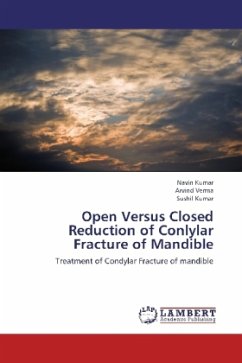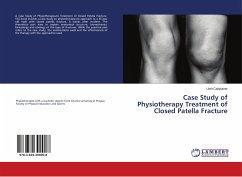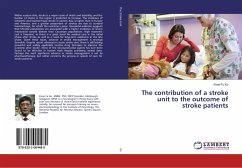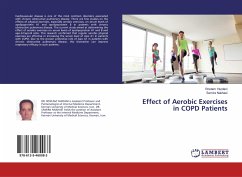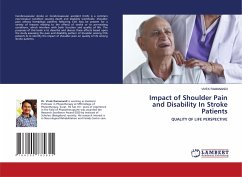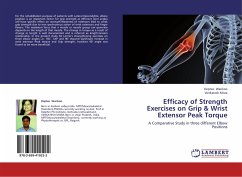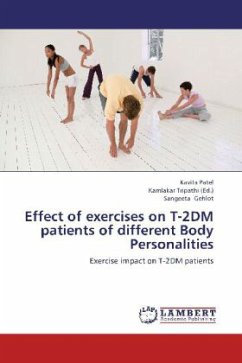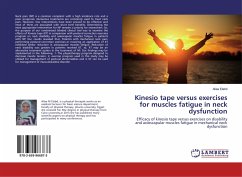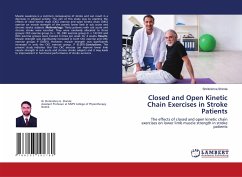
Closed and Open Kinetic Chain Exercises in Stroke Patients
The effects of closed and open kinetic chain exercises on lower limb muscle strength in stroke patients
Versandkostenfrei!
Versandfertig in 6-10 Tagen
27,99 €
inkl. MwSt.

PAYBACK Punkte
14 °P sammeln!
Muscle weakness is a common consequence of stroke and can result in a decrease in physical activity. The aim of this study was to examine the effects of close kinetic chain (CKC) exercise and open kinetic chain (OKC) exercise on muscle strength of the paretic lower limb in sub acute and chronic stroke subjects. Methodology: Thirty patients with sub acute and chronic stroke were enrolled. They were randomly allocated to three groups: CKC exercise group (n = 14), OKC exercise group (n = 14) CKC and OKC exercise groups were trained 4 times per week for 4 weeks. Results: Muscle strength was signif...
Muscle weakness is a common consequence of stroke and can result in a decrease in physical activity. The aim of this study was to examine the effects of close kinetic chain (CKC) exercise and open kinetic chain (OKC) exercise on muscle strength of the paretic lower limb in sub acute and chronic stroke subjects. Methodology: Thirty patients with sub acute and chronic stroke were enrolled. They were randomly allocated to three groups: CKC exercise group (n = 14), OKC exercise group (n = 14) CKC and OKC exercise groups were trained 4 times per week for 4 weeks. Results: Muscle strength was significantly increased in both CKC exercise and OKC exercise groups P (0.001). However, muscle strength was significantly increased in only the CKC exercise group. P (0.001) Conclusions: The present study indicates that the CKC exercise can improve lower limb muscle strength in sub acute and chronic stroke subjects and it may leads to improvement in functional performance of stroke survivors .



